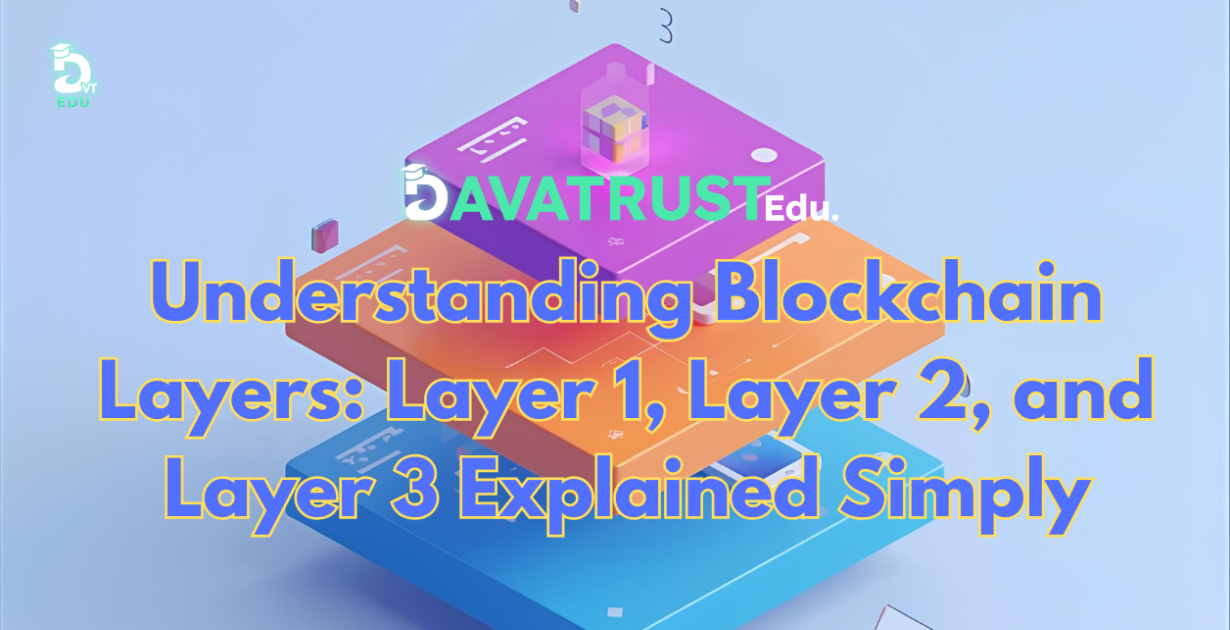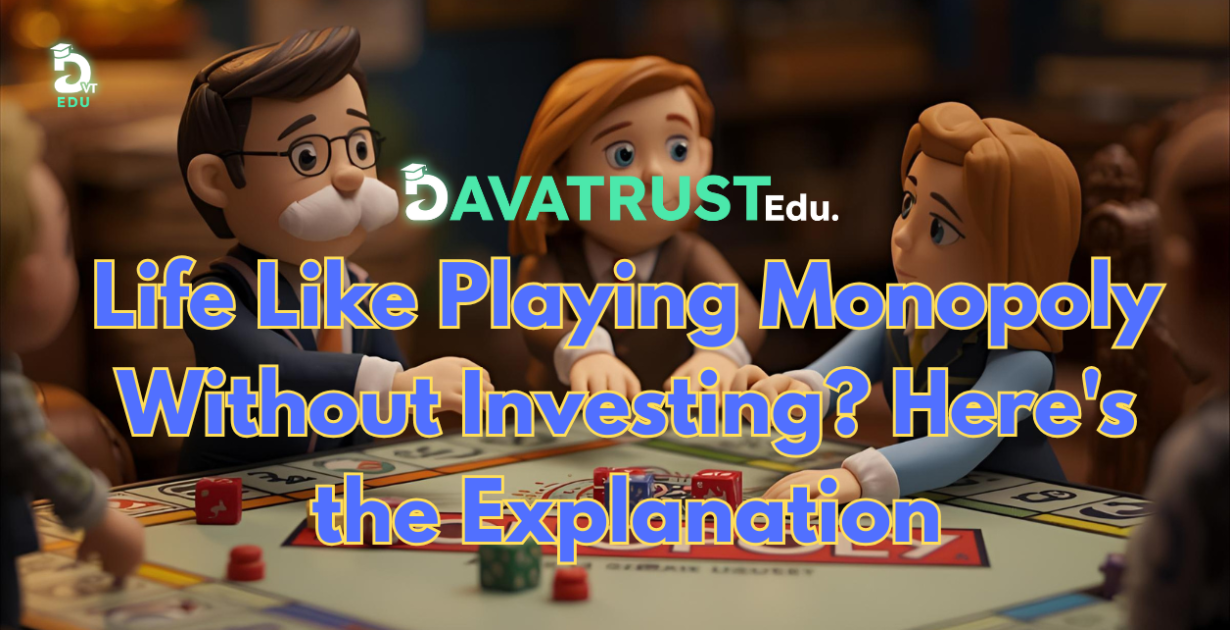Blockchain technology can seem complex, but understanding its layered structure makes everything much clearer. Think of blockchain like a modern city: it needs solid foundations, efficient transportation systems, and user-friendly services. Let's break down the three key layers - L1, L2, and L3 - in simple terms.
Layer 1: The Foundation
What it is: The base blockchain - the "ground floor" of our digital city.
Examples: Ethereum, Bitcoin, Solana
Simple Explanation:
Layer 1 is the fundamental network where transactions are permanently recorded and secured. It's like the land and basic infrastructure of our city. While highly secure and decentralized, Layer 1 often faces scalability challenges - similar to how a single road can get congested during rush hour.
Layer 2: The Scaling Solution
What it is: Built on top of Layer 1 to boost speed and reduce costs.
Examples: Polygon, Arbitrum, Optimism
Simple Explanation:
Imagine Layer 2 as an express train system built above our city streets. It handles transactions off the main road (Layer 1), processes them quickly and cheaply, then only records the final results back to the base layer. This dramatically increases speed while reducing transaction fees.
Layer 3: The User Interface
What it is: The application layer where users actually interact with blockchain technology.
Examples: Decentralized apps (DApps), blockchain games, DeFi platforms
Simple Explanation:
This is the "storefront" level - the apps and interfaces you actually see and use. Layer 3 applications leverage the security of Layer 1 and the efficiency of Layer 2 to create seamless user experiences. From social media platforms to gaming applications, this is where blockchain meets everyday users.
How They Work Together
The beauty of this layered approach is synergy:
Layer 1 provides security and decentralization
Layer 2 provides scalability and efficiency
Layer 3 provides user-friendly applications
This structure allows blockchain technology to scale while maintaining security and creating better user experiences.
Bringing Blockchain to Business
Understanding these layers is crucial for businesses exploring blockchain solutions. Companies like PT Kendali Kreasi Davatama recognize the importance of this layered architecture in creating practical blockchain implementations. Through platforms like davatrust, PT Kendali Kreasi Davatama demonstrates how proper layer utilization can bring real-world blockchain solutions to various industries.
The Future is Layered
As blockchain evolves, this layered approach ensures that the technology can scale securely while remaining accessible to everyone. Whether you're a developer, investor, or simply curious about Web3, understanding these fundamental layers provides a solid foundation for navigating the blockchain ecosystem.
Ready to explore how blockchain layers can benefit your business? Learn how companies like PT Kendali Kreasi Davatama are implementing these technologies in practical solutions.











